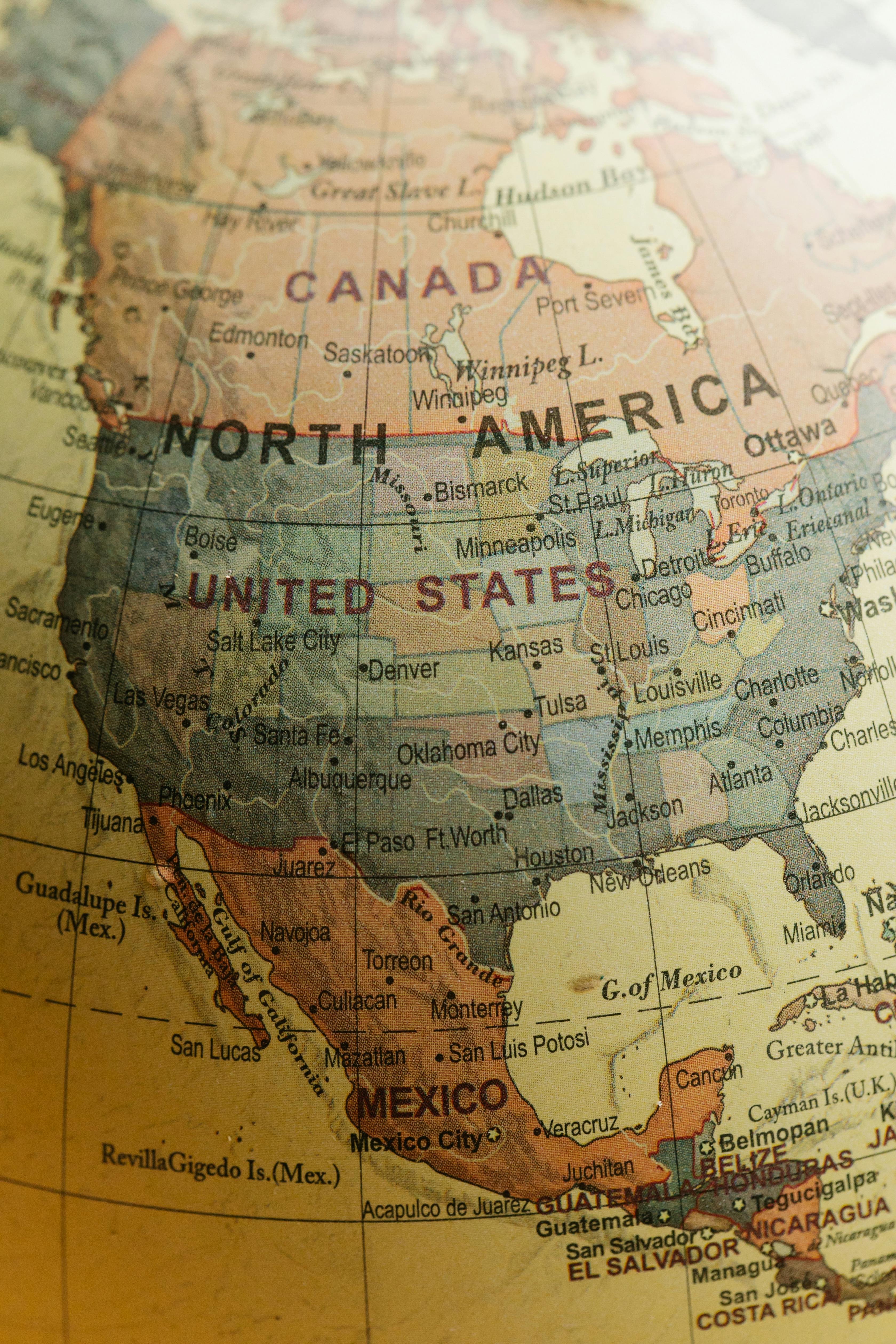Examining the Role of Executive Orders in American Policy Making
Executive orders are directives issued by the President of the United States that manage federal government operations. The legal authority to issue executive orders is derived from the Constitution, which vests the "executive power" in the President. However, this power is not absolute and has been the subject of numerous legal debates and controversies throughout history.

Historical Overview of Executive Orders
The usage of executive orders can be traced back to George Washington’s presidency. While the Constitution does not explicitly provide for the use of executive orders, Article Two, Section One vests “executive power” in the president, which has been interpreted to give the president broad enforcement authority to use their discretion to determine how to enforce the law or to otherwise manage the resources and staff of the executive branch.
Current Trends in Executive Orders
In recent times, executive orders have become vital tools for presidents to achieve their policy objectives, especially in cases of legislative gridlock. Presidents use these orders to direct and manage administrative policy and practice in government. They can range from organizational changes to the creation of task forces and committees to significant policy changes. The use and impact of executive orders vary from one administration to another, reflecting the priorities and policy goals of each president.
Legal Implications of Executive Orders
When an executive order is issued, it is legally binding and carries the full force of law. However, these orders are subject to legal review, and if they are found to be beyond the president’s power or in violation of the Constitution, they can be struck down by federal courts. The Supreme Court has occasionally nullified executive orders, as in the case of Truman’s attempt to seize steel mills during the Korean War.
Impact on Society
Executive orders can have profound societal impacts. They can shape public policy, guide governmental operations, and even influence international relations. For example, President Franklin D. Roosevelt’s Executive Order 9066, during World War II, resulted in the internment of Japanese-Americans, a dark chapter in American history. More recently, executive orders have been used to implement significant policy changes in areas such as immigration, environmental regulation, and health care.
In conclusion, executive orders play an indispensable role in the functioning of the federal government. They provide a way for presidents to shape policy and direct governmental operations. However, their use also raises important questions about the balance of power in our democracy and the potential for executive overreach. It is thus essential for citizens to understand the nature, scope, and impact of executive orders.




